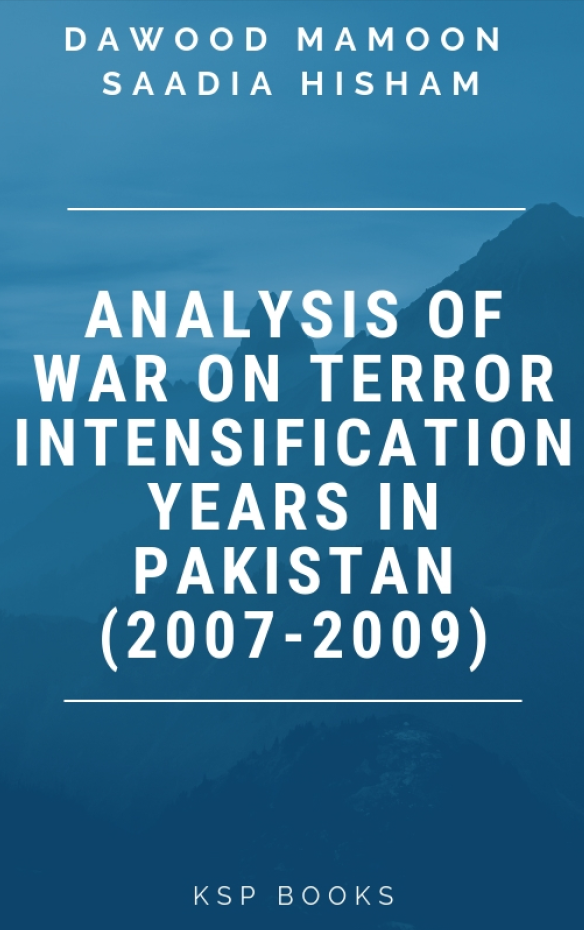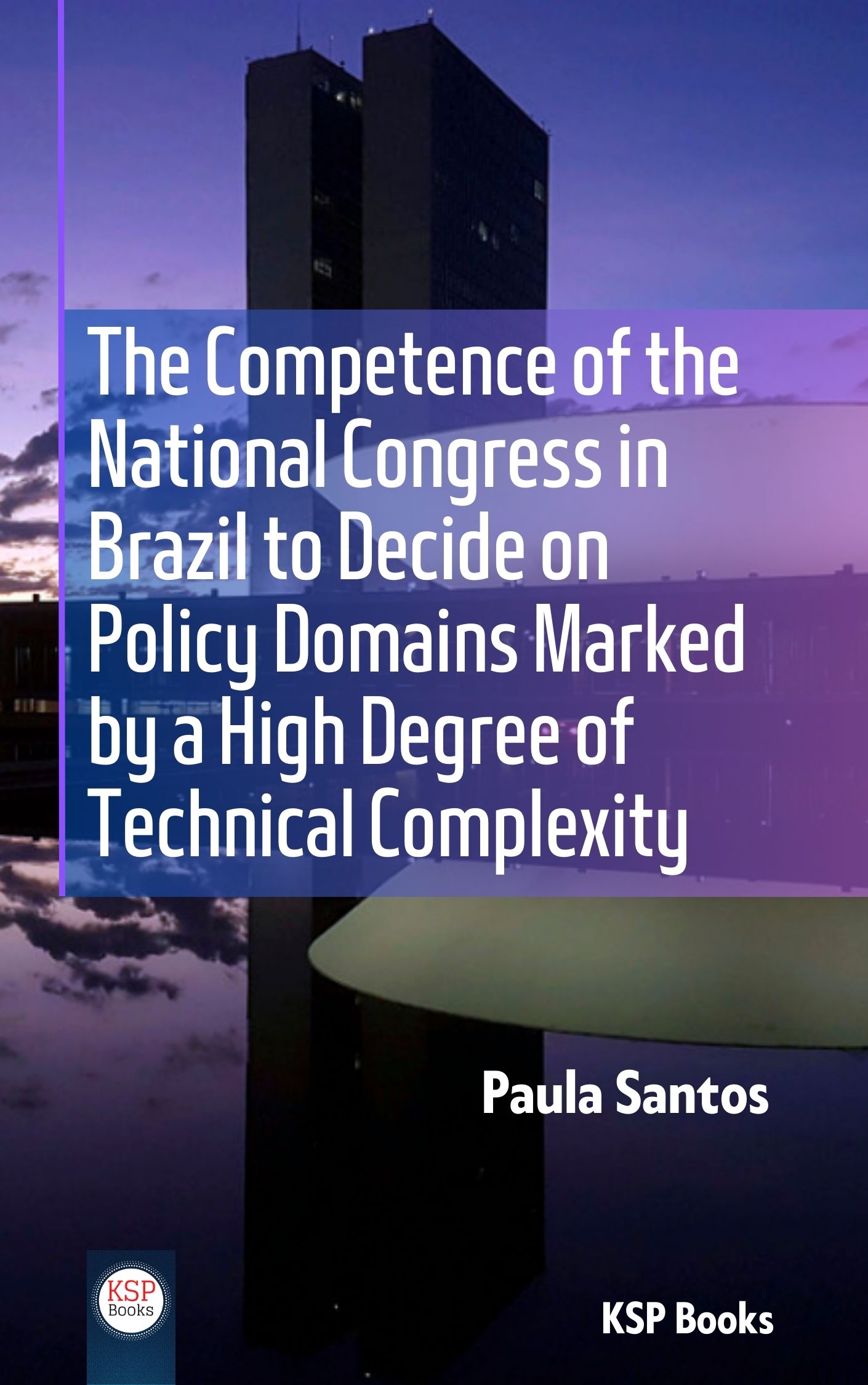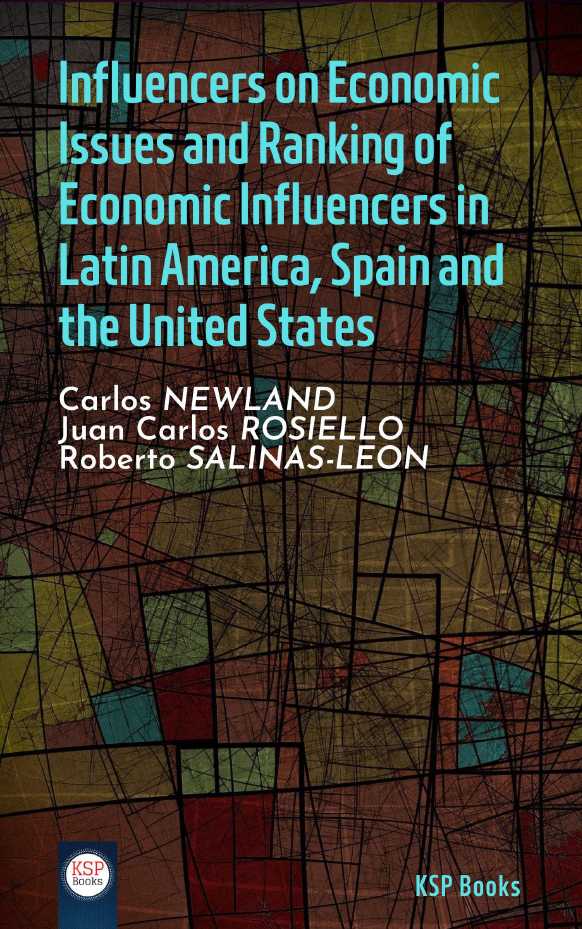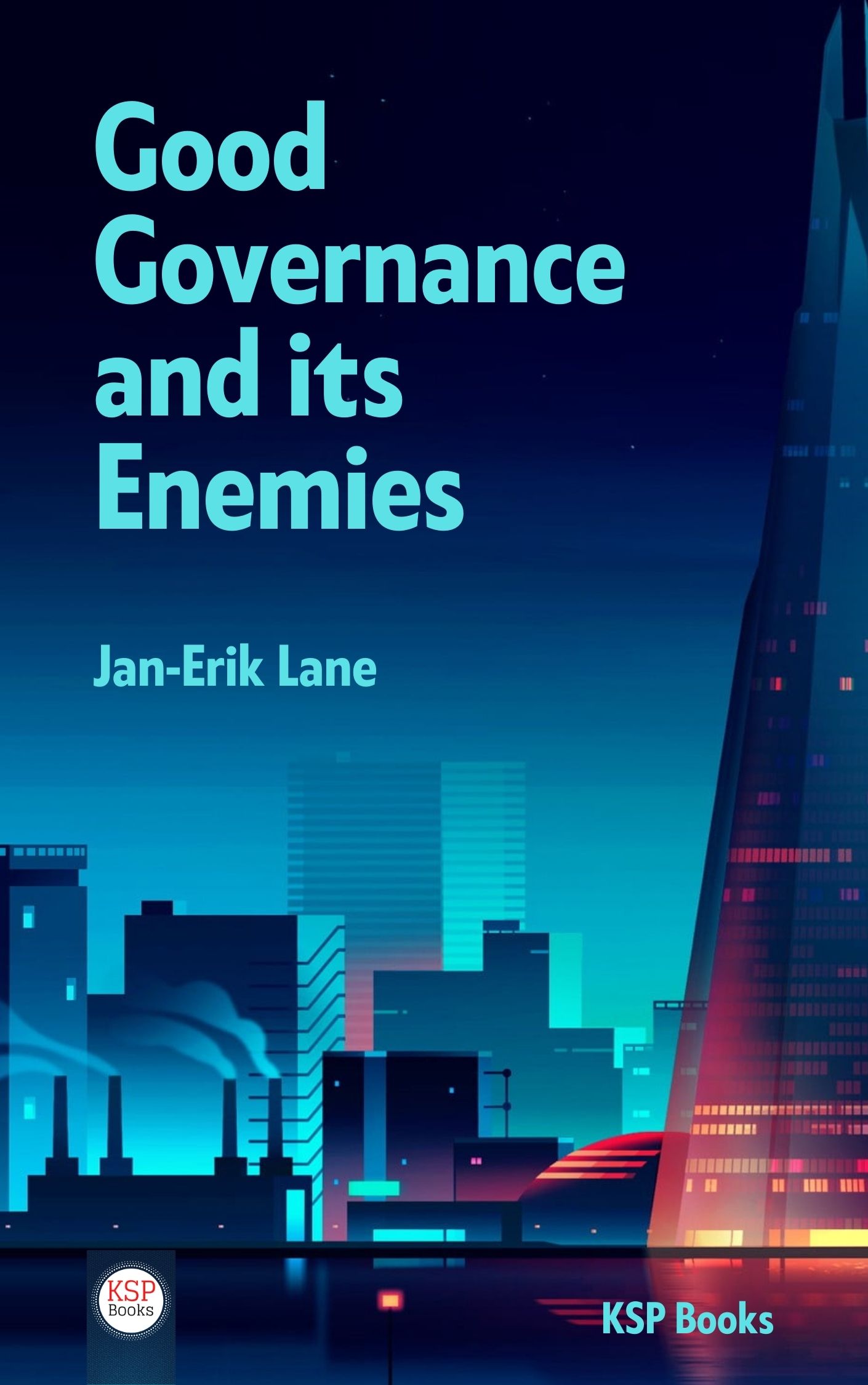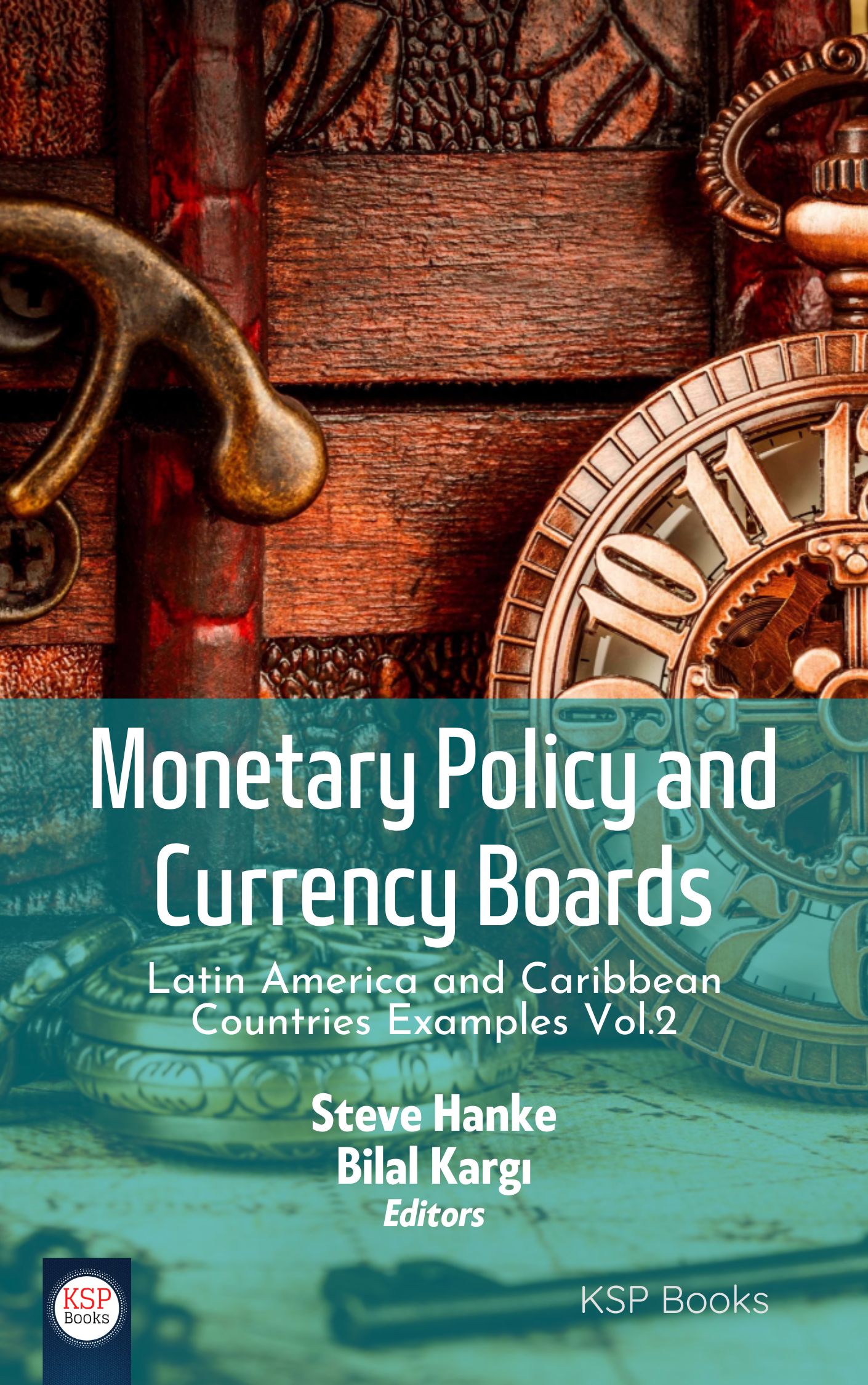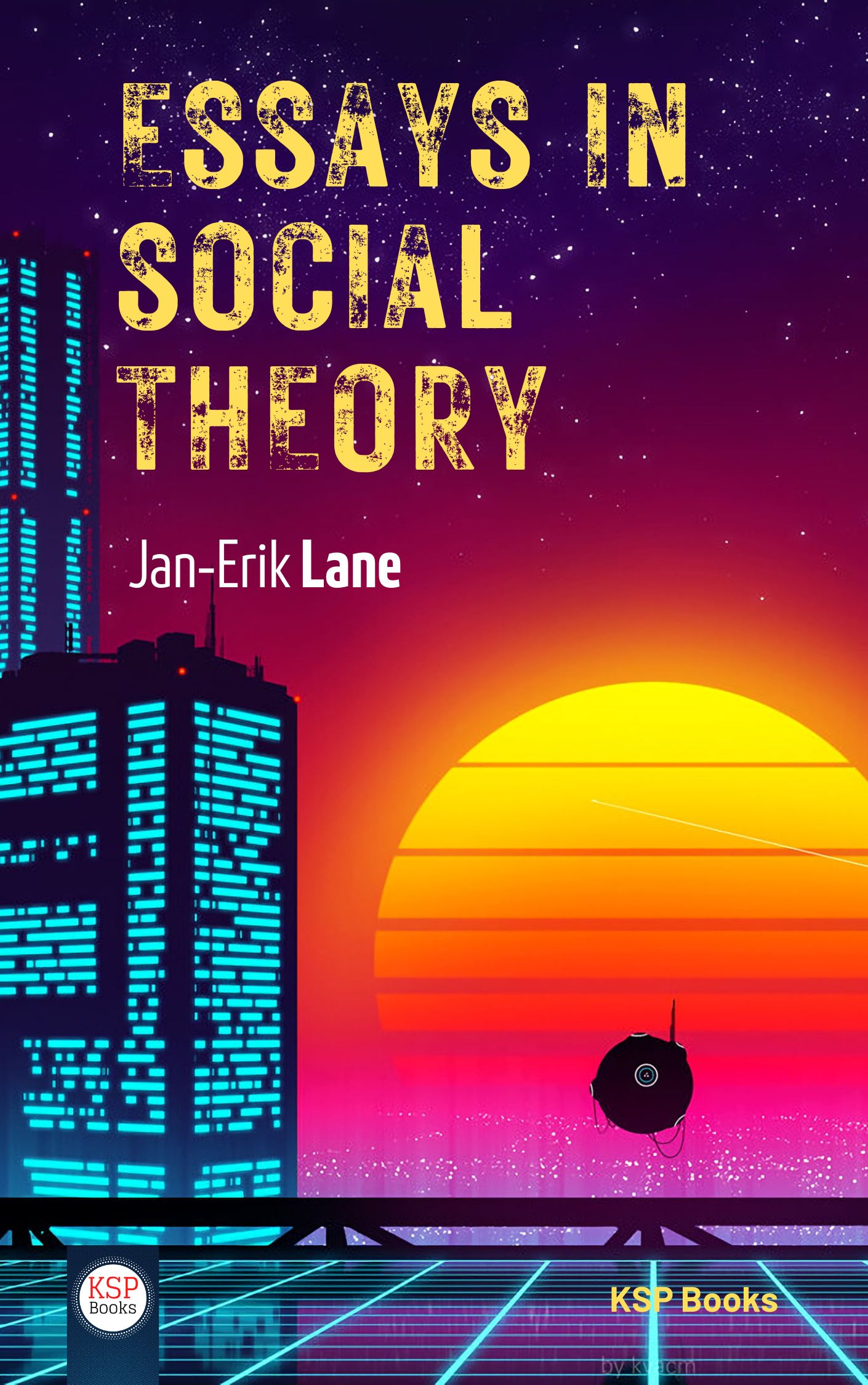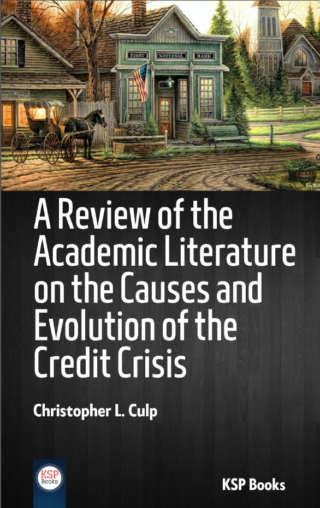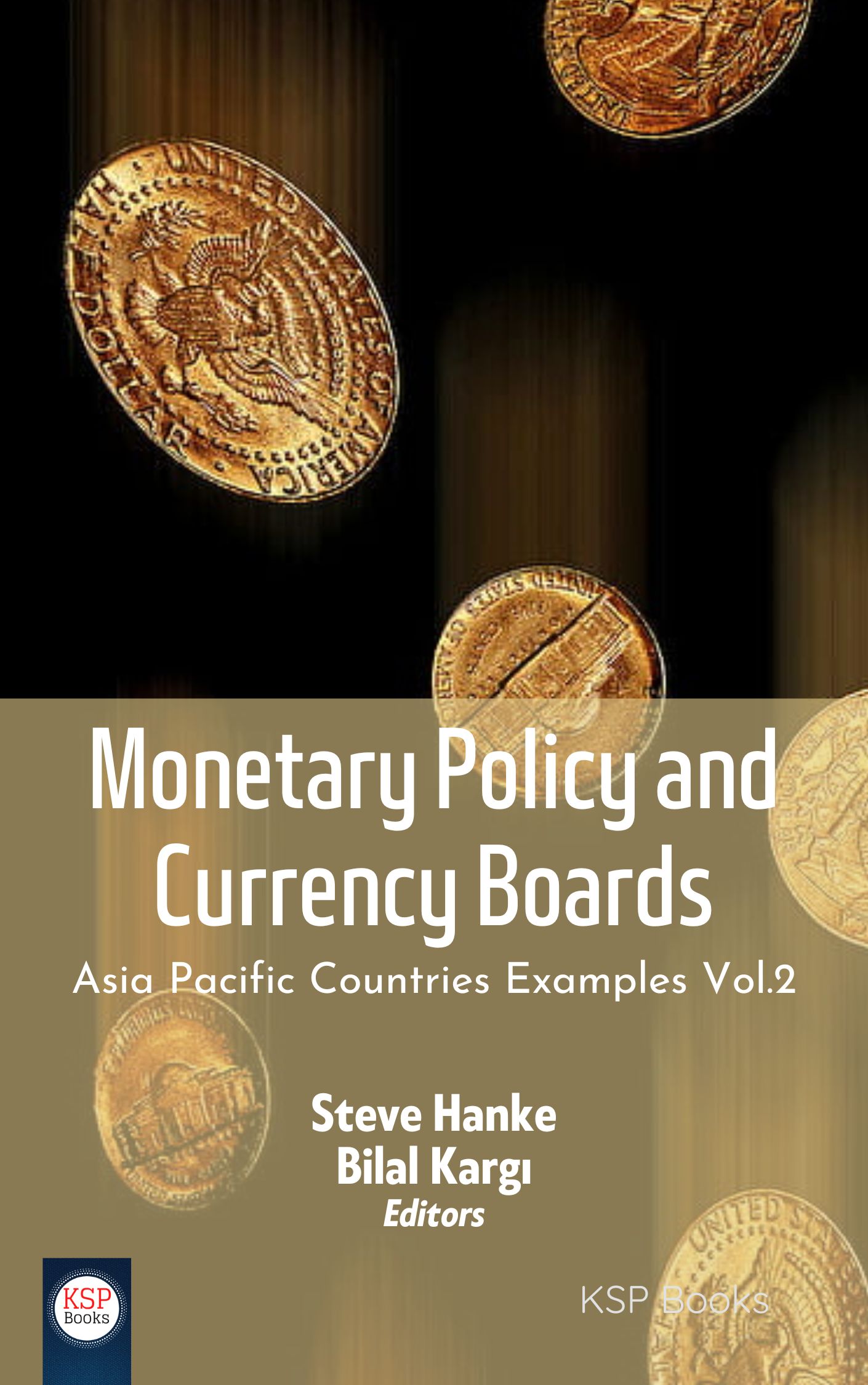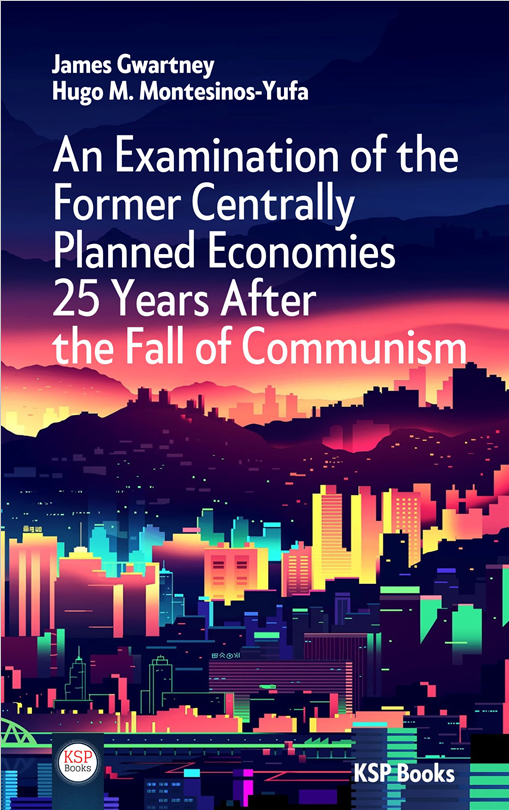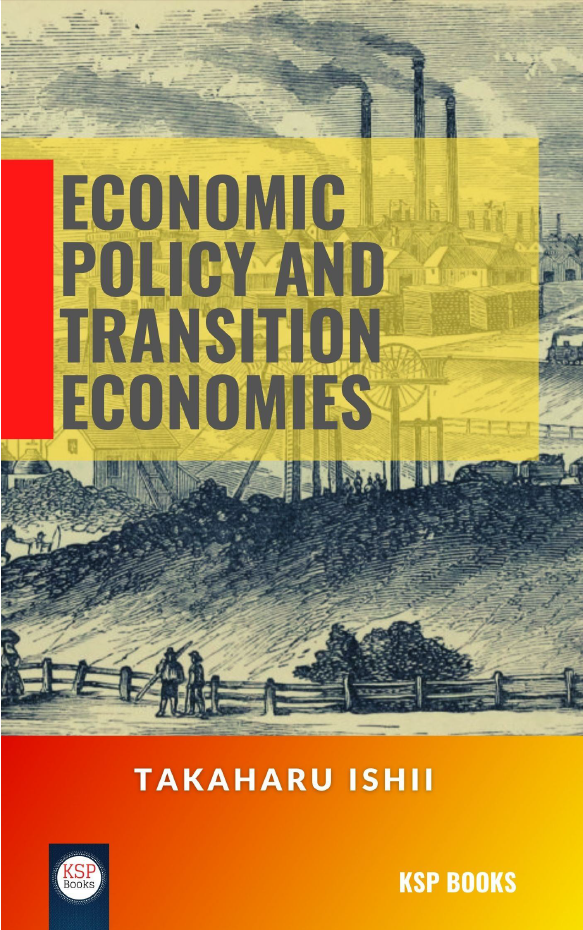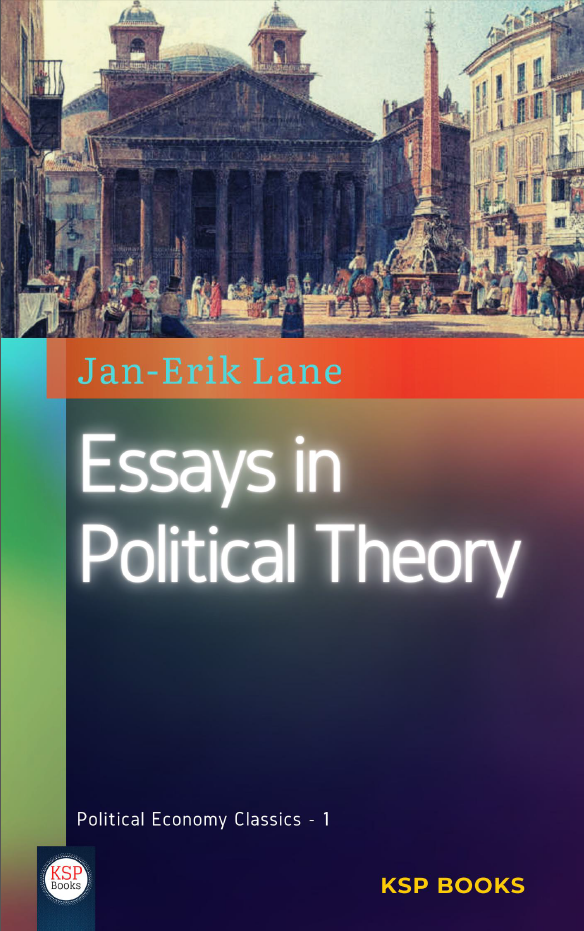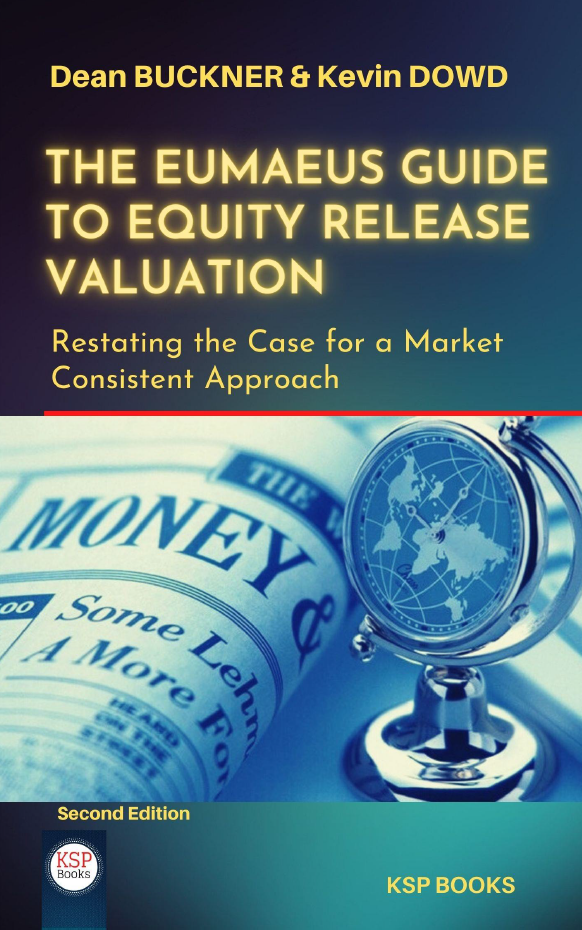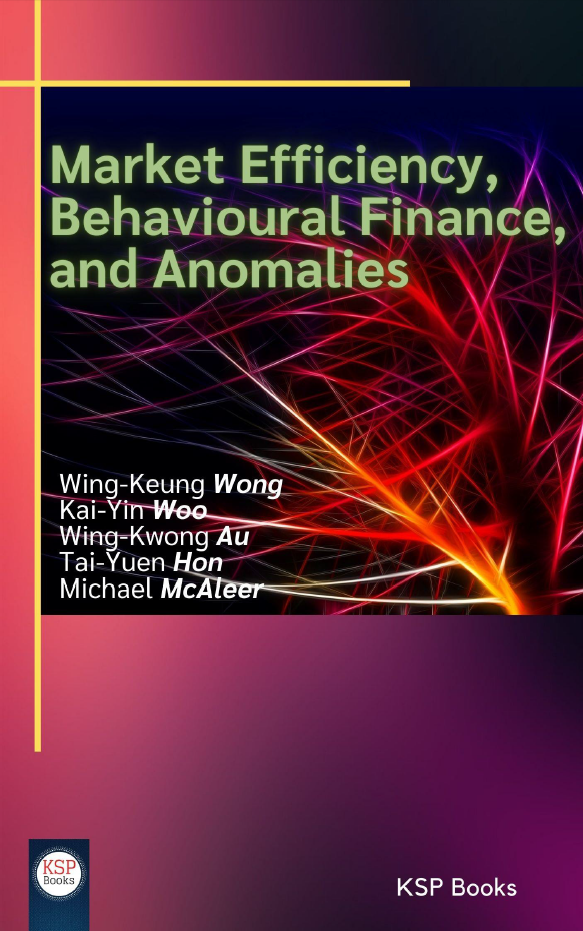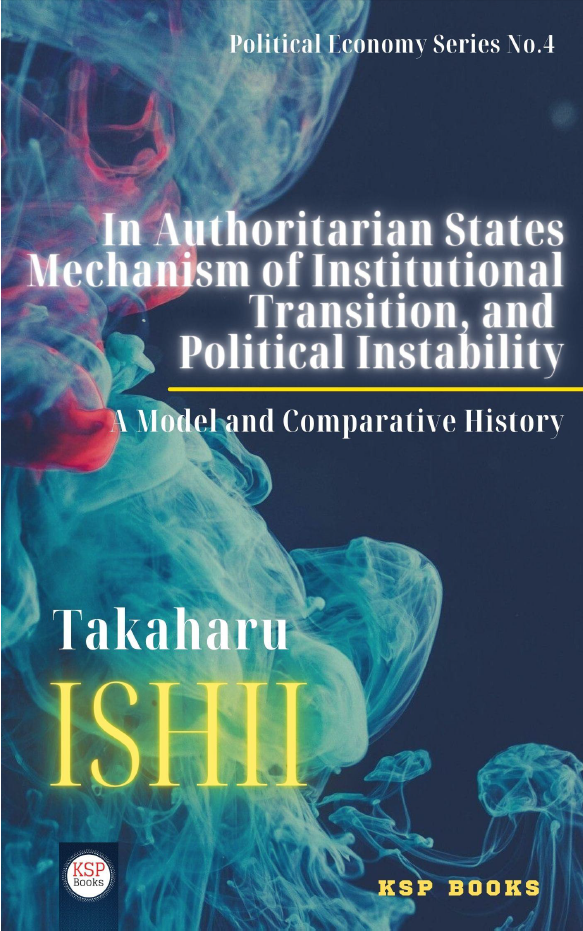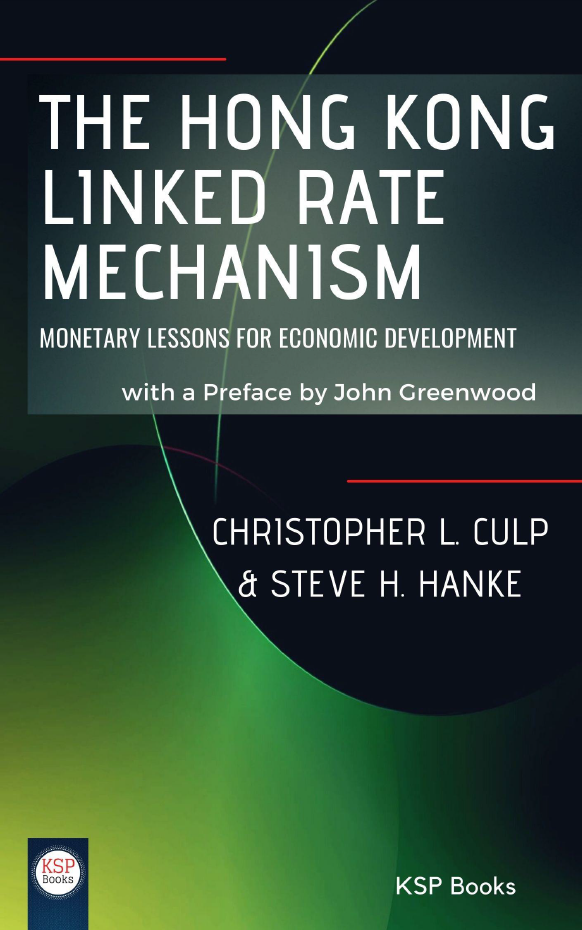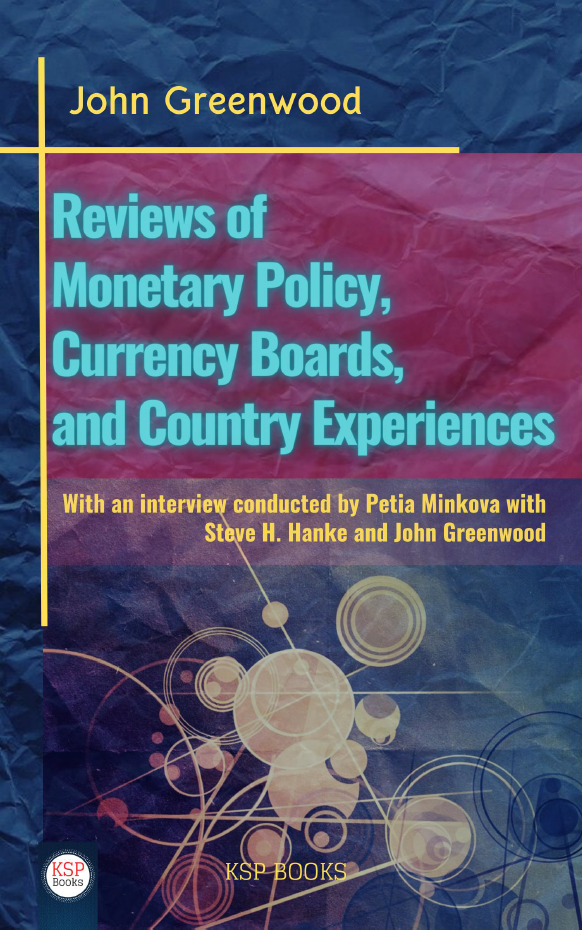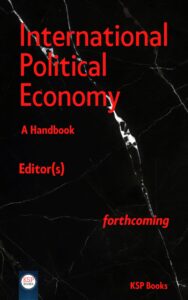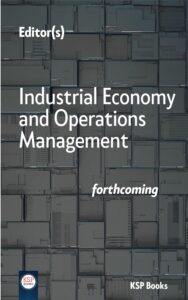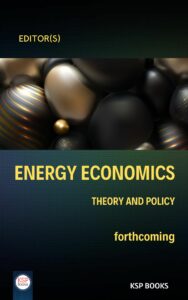The years 2007-2009 have been one of the more volatile years in Pakistan’s recent political history. The regime of President Musharraf in 2007 was faced with many domestic challenges that included a wave of terrorism across Pakistan as an after math of Lal Mosque incident where state of Pakistan dealt with voices of dissent with force. Lal Mosque incident became the pre cursor for President Musharraf’s ouster in 2008 as his government became weaker when a nationwide movement of dissent over took the street popularly known as Lawyers movement. In 2008, Pakistan returned to a democratic state when Pakistan People’s Party was elected. However, the events of 2007 still haunted Pakistani economy and the echo of terrorism lasted for some time. Whereas the clamp down on extremist elements were also intensified as a state response. Pakistan was at War with extremism and the War on Terror that started in Afghanistan in 2002 had found its way into Pakistan. Pakistan army was instrumental in waging the fight against extremism that witnessed unprecedented violence in the country during (2007-2009). Nevertheless, these years’ mark events that suggest that there was a network of Al Qaida within the borders of Pakistan capable of working independently in the country. These War on Terror intensification years reversed most of the economic gains and economic achievements of Musharraf regime. Pakistan became a security state even after its return to democracy in 2008. The travel advisories for Pakistan recommended foreigners to avoid visiting the country. Pakistan was further isolated internationally. External sector suffered significantly when exports witnessed a deep plunge. The economic growth rates halted to less than 1 percent of GDP from as high as 7 percent. This books in detail covers the events of terrorism in Pakistan in 2007 to 2009 period to give readers a comprehensive picture of how bad the situation had become in War on Terror intensification years. Then a detailed discussion is also carried out on Pakistan’s economy so that readers have detailed view of the economic costs that was born by Pakistani nation for their participation in War on Terror. These costs or not limited to loss of property but it also include loss of many precious lives including the life of former Prime Minister of Pakistan Benazir Bhutto.
Introduction
Intensification of WOT (A Post 2007 Scenerio)
Suicide Attacks: A Major Terror Tactic
Drone Strikes and Attacks on NATO supplies
Attacks on Schools
Internally Displaced Persons (IDPs)
Disaster Management
Slowdown of Pakistan Economy in Post WOT Intensification Period
Trends of Macroeconomic Indicators
Missing the budgeted targets
WOT related deficit in the budget
Identification of Rising Costs in the Export Cycle
Marketing Costs
Logistics Costs
Loss to Business
Post GSP + Impact on Pakistan’s Exporting Industry
Gains and Losses- A Pre and Post GSP + analysis
Post GSP + Era: Implications for Pakistan & Its Competitors
Loss of Employment in Textile Sector
Employment, Income and Poverty
Giving GSP + to Pakistan
Conclusions
References
Dawood Mamoon
Saadia Hisham
Related EconPedia Items


